HD Pentax-DA* 16-50mm F2.8 ED PLM AW
Sharpness
Sharpness, or the ability to resolve small details, is an important measure of the performance of a lens. Sharp images let the viewer concentrate on the composition, color and light. On the other hand, soft images (except when looking that way on purpose) distract the viewer and decrease the perceived quality of the picture.
Like every star lens, the 16-50mm PLM comes with high expectations for sharpness. Recent releases from Pentax have encouraged that expectation, with stellar results from both DA* and D FA* lenses.
There are many ways to evaluate sharpness. Some are quantitative, such as the number of lines per millimeter that can be resolved, while others are comparative, such as using a standardized scene to pit lenses against one another. The latter is the favored method at Pentax Forums.
Test Setup, Star Chart
In order to evaluate sharpness, we photograph a standard test chart (or "star chart") that can be used to compare lenses to one another. The general rule is that the distance from the lens to the test chart must be 100 times the focal length of the lens. For our lens, this means a distance of 1.6 to 5 meters.
The test is not designed to show how good a lens can be. Quite the contrary: it is a stress test designed to put the lens at its limits to show where it falls short. The test shows the apertures where the lens performs best, and makes it possible to compare with another lens.
Our test has the star chart put successively at the center, edge and corner of the field of view of the lens, testing all apertures each time.
Resolution is obviously dependent on the sensor used. For this test, we used Pentax's current top-of-the-line sensor: the K-3 III's APS-C 25 MP.
New Pentax DSLR bodies include the ability to disable anti-aliasing, a very useful feature allowing higher resolutions to be reached. However, the nature of our sharpness test and the pattern of the test chart mean that, with anti-aliasing totally disabled, moiré is likely to appear. In order to strike the best balance between sharpness and moiré reduction, the anti-aliasing simulators were activated and set at the "Low" setting.
Test Results at 16mm on APS-C
The following images showcase the results at all apertures on APS-C. Focusing was performed by using focus peaking in live view. Focus was corrected after each lens movement. You can click on the images to see full resolution crops.
Center | Edge | Corner | |
F2.8 |  | 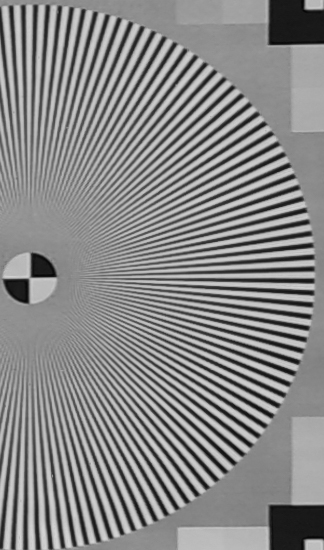 | 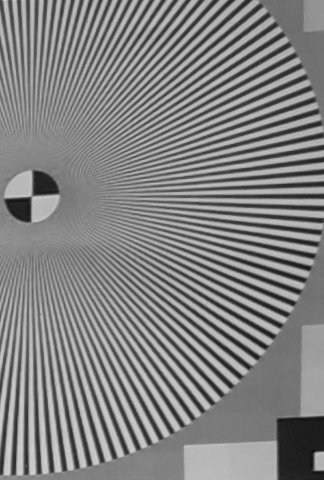 |
F4 | 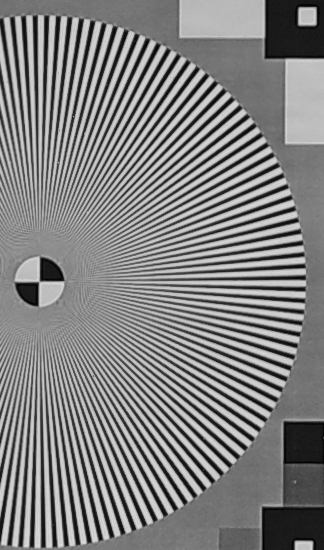 | 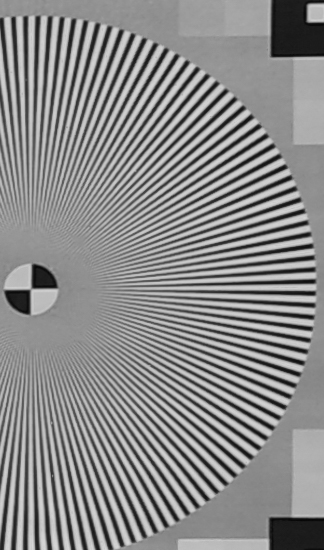 | 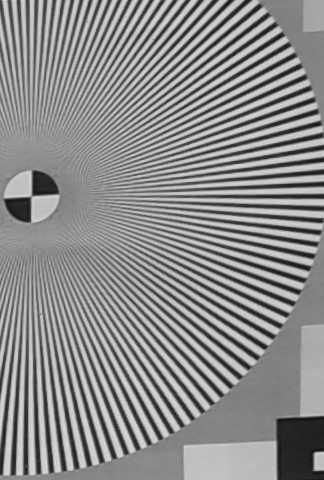 |
F5.6 | 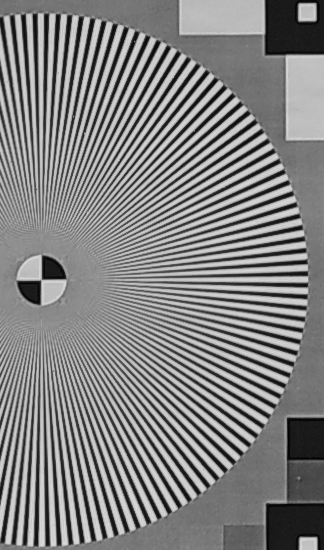 | 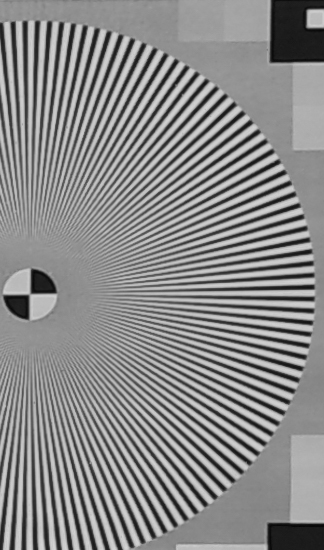 | 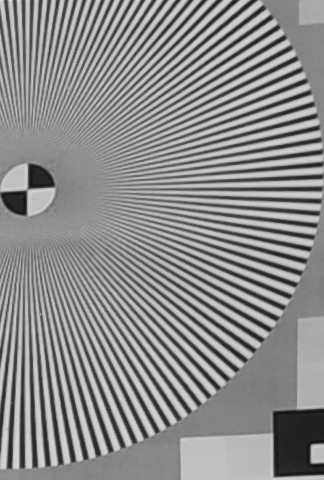 |
F8 | 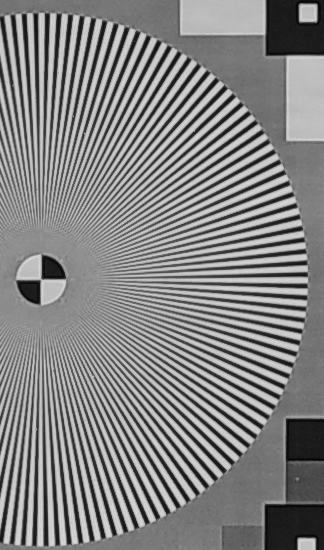 | 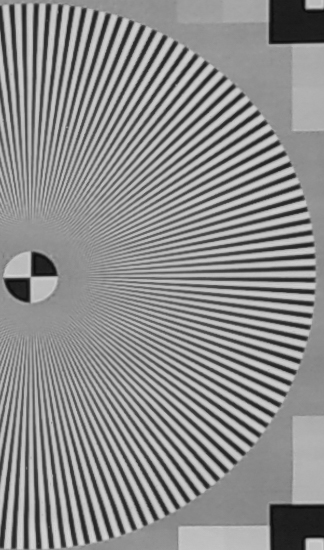 | 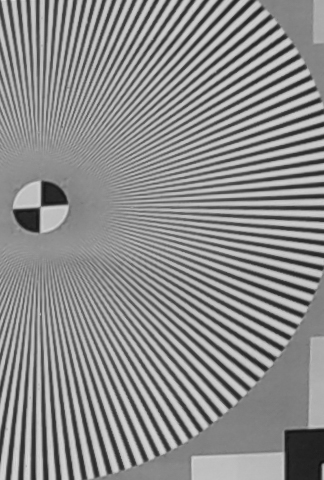 |
F11 | 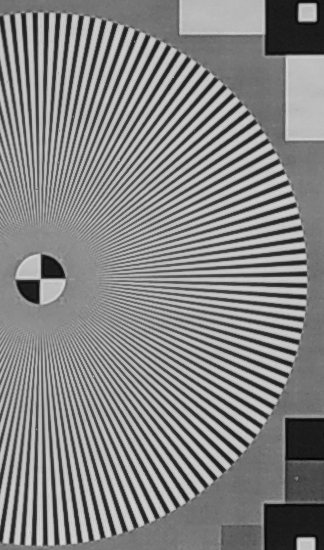 | 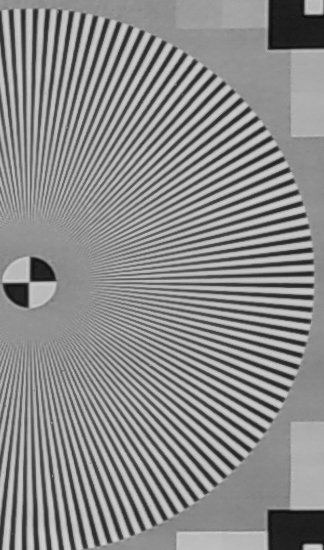 |  |
F16 | 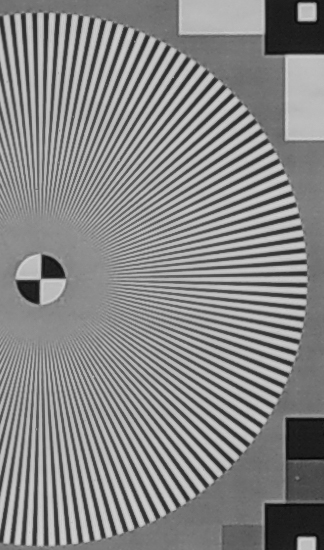 | 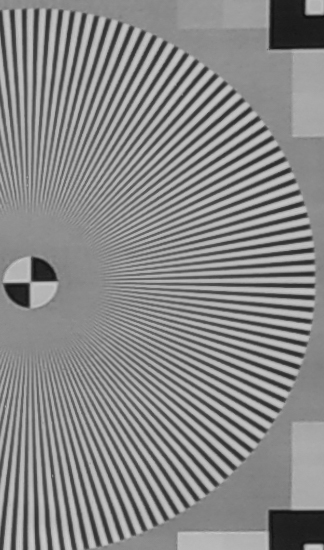 | 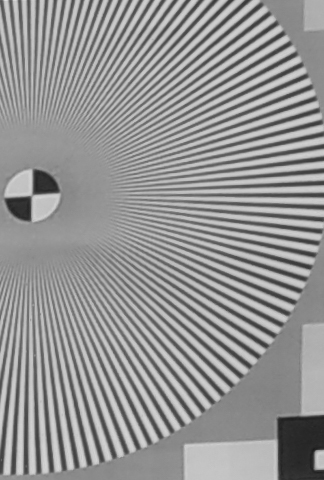 |
F22 | 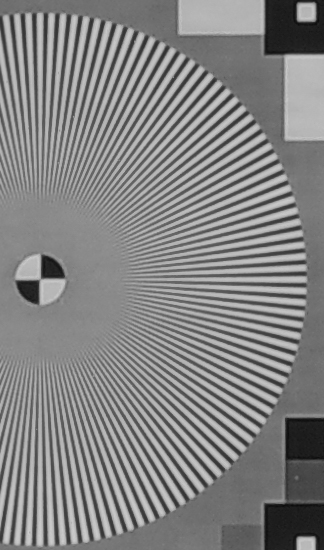 | 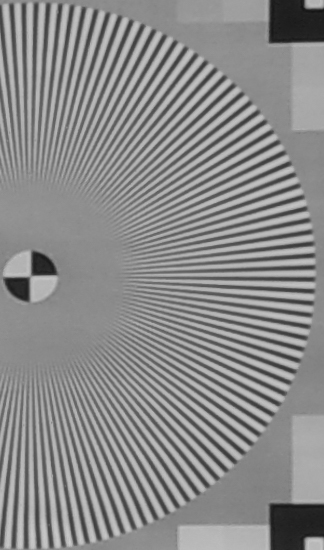 | 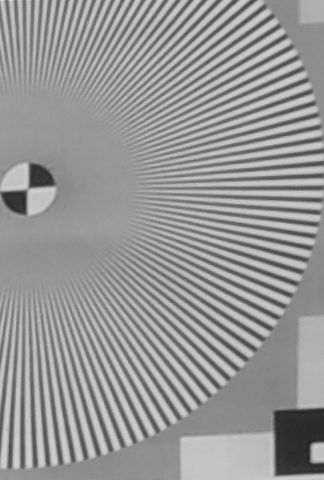 |
Center sharpness is excellent right off from the widest F2.8 aperture. It remains at that level until F16. Not shown in these tests is the fact that the "center" region expands significantly towards the borders, another positive element.
Edges are not as good as the center. At F2.8 and F4, they are usable but visibly softer. At F5.6 onward, there is still some difference with the center (mainly because the center is so good) but edge results are much better.
The same can be said for the corners. They are good, but not as good as the center. At F5.6-F8, the difference won't have an important impact on actual shooting scenarios.
These results, while not perfect, are well aligned with the probable uses for this focal length. F2.8 usually equals subject isolation, where the corners are not required to be at their peak sharpness. Broader scenes, such as landscape, call for edge-to-edge sharpness but will rarely require wide apertures.
In all cases, F22 and to a lesser extent F16 show much lower resolution.
Test Results at 30mm on APS-C
The following images showcase the results at all apertures on APS-C. Focusing was performed by using focus peaking in live view. Focus was corrected after each lens movement. You can click on the images to see full resolution crops.
Center | Edge | Corner | |
F2.8 | 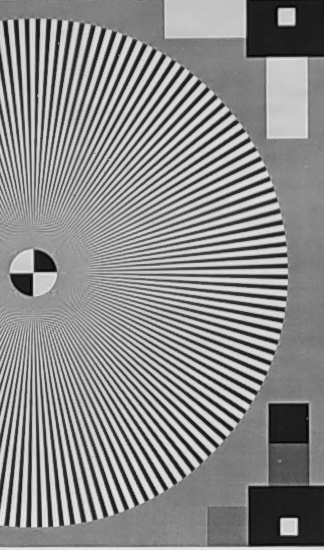 | 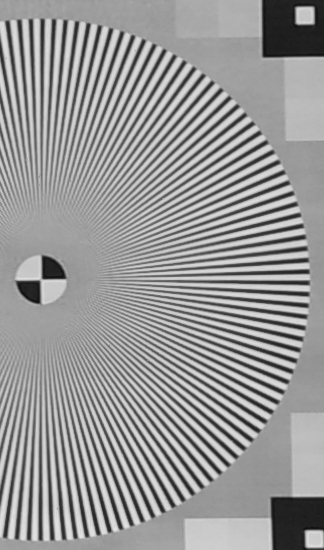 | 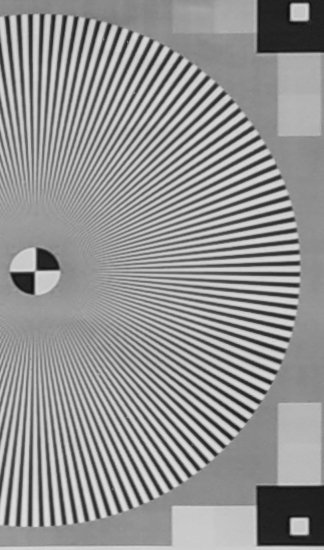 |
F4 | 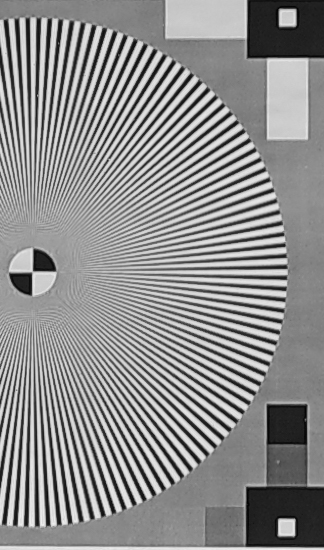 | 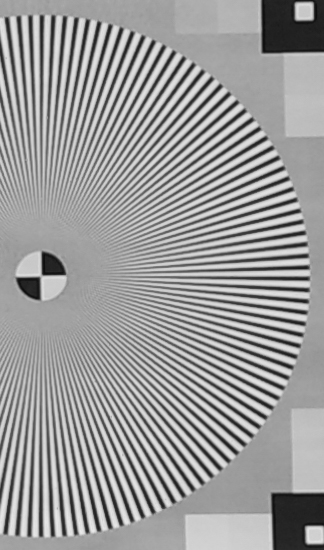 | 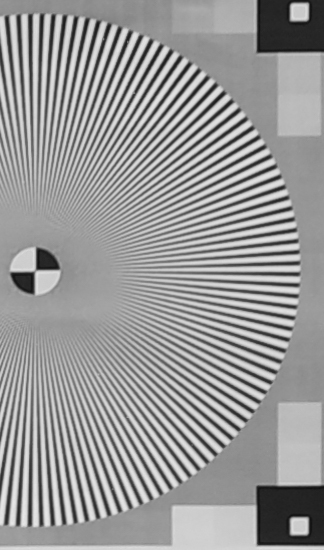 |
F5.6 | 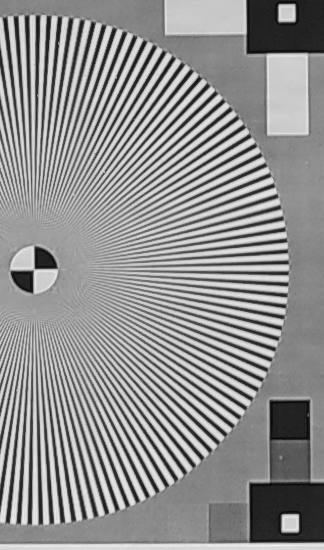 | 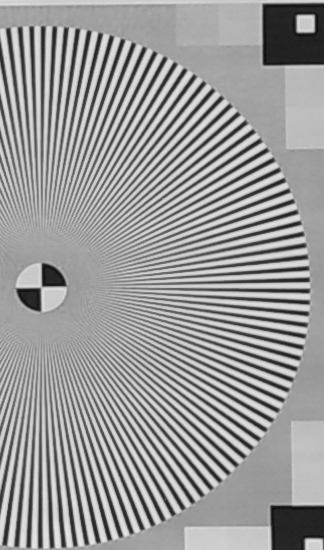 | 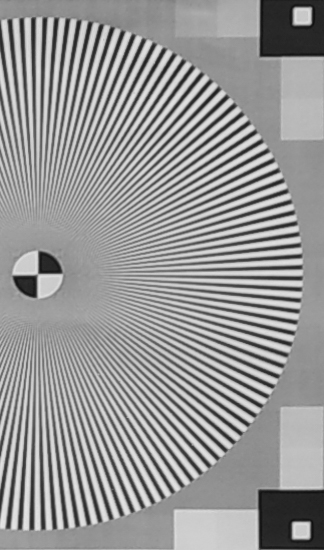 |
F8 | 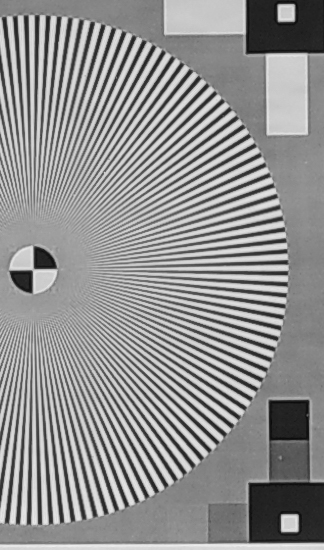 | 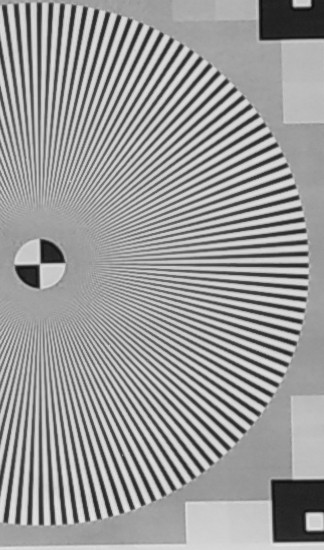 | 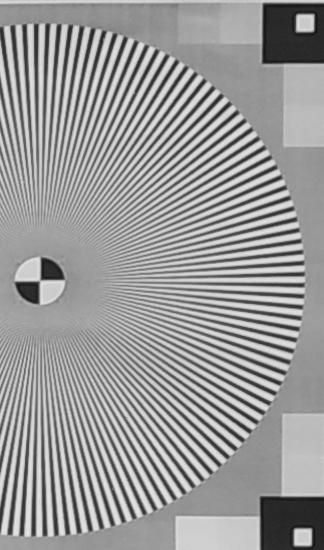 |
F11 | 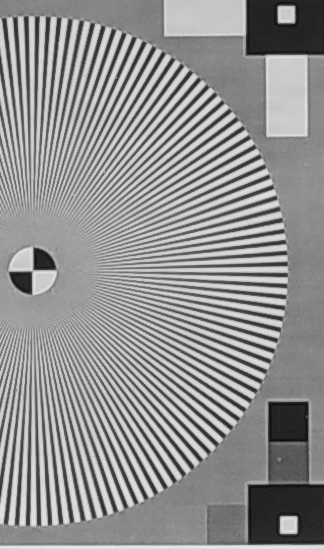 | 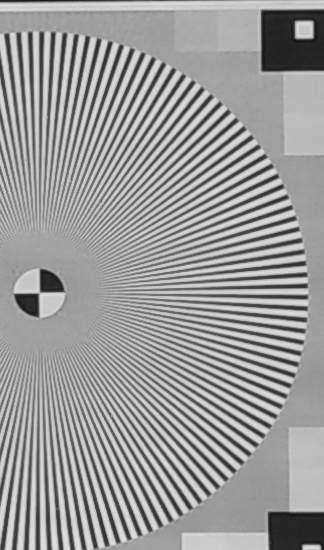 | 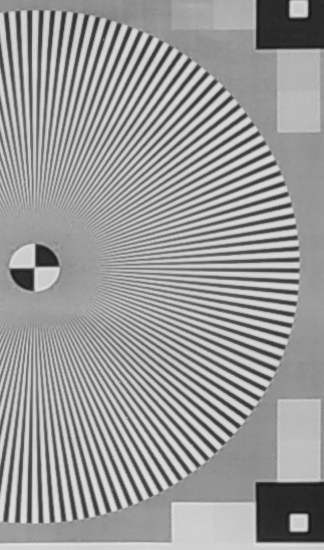 |
F16 | 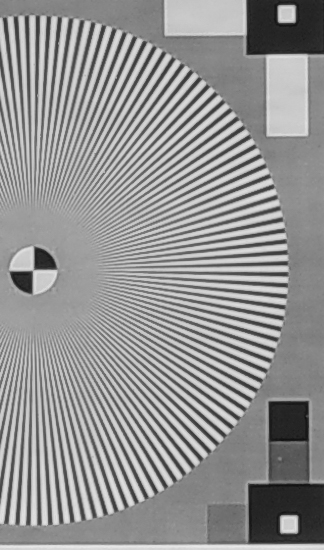 | 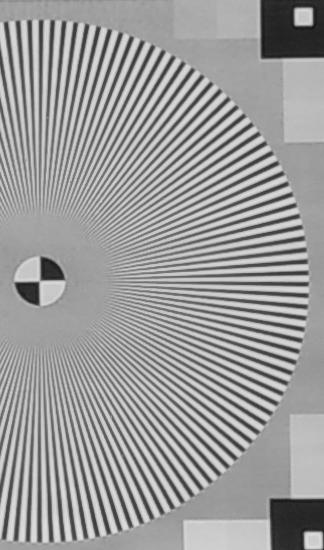 |  |
F22 | 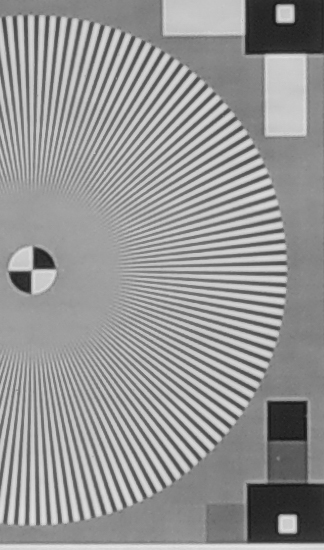 | 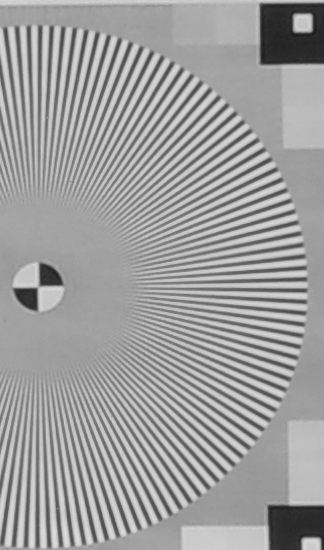 | 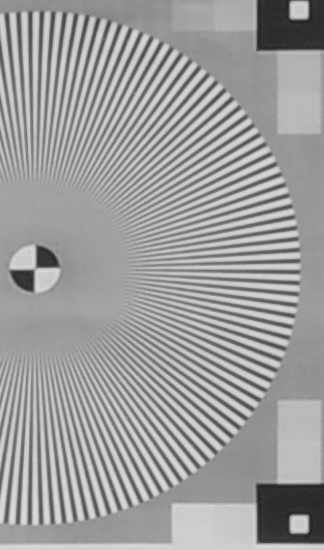 |
Our observations from the results at 16mm mostly hold for 30mm as well. The center at F2.8 isn't quite as good, best results are obtained starting at F4. Edges and corners also never reach the same level as the center, but the difference isn't as important as it was at 16mm.
In other words, 30mm offers moderately better uniformity, at the cost of some maximum sharpness at wider apertures.
Test Results at 50mm on APS-C
The following images showcase the results at all apertures on APS-C. Focusing was performed by using focus peaking in live view. Focus was corrected after each lens movement. You can click on the images to see full resolution crops.
Center | Edge | Corner | |
F2.8 | 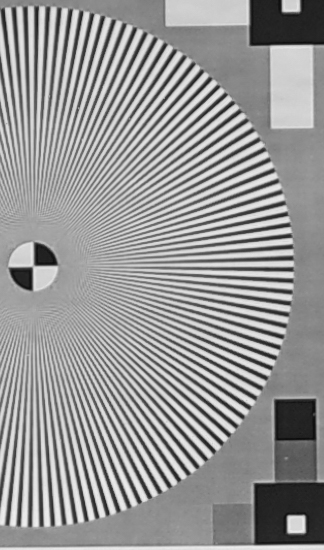 | 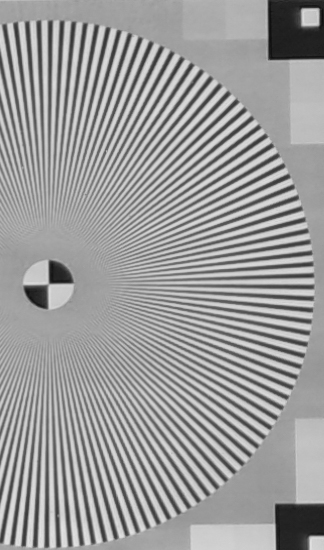 |  |
F4 | 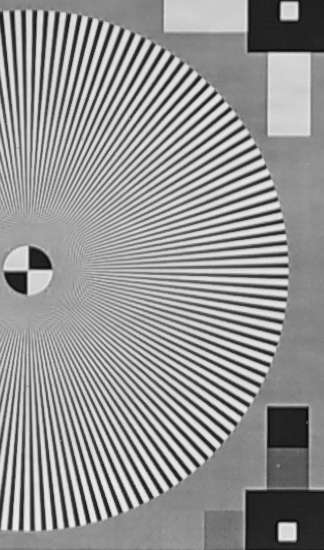 | 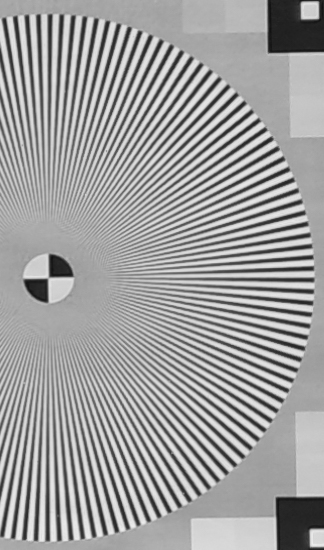 | 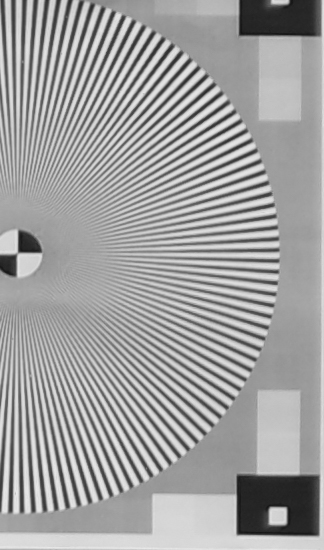 |
F5.6 | 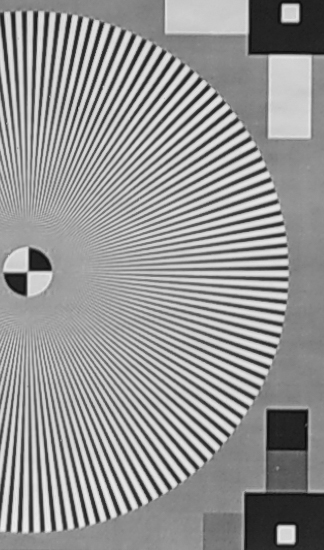 | 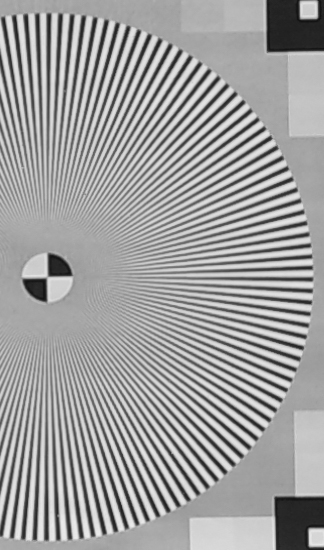 | 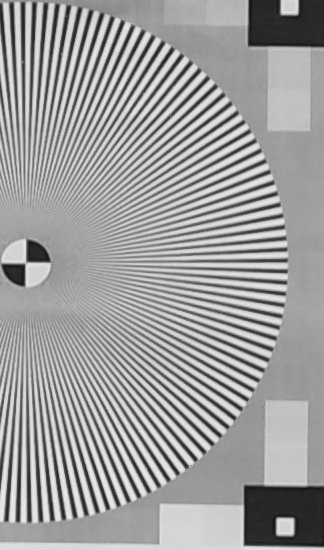 |
F8 | 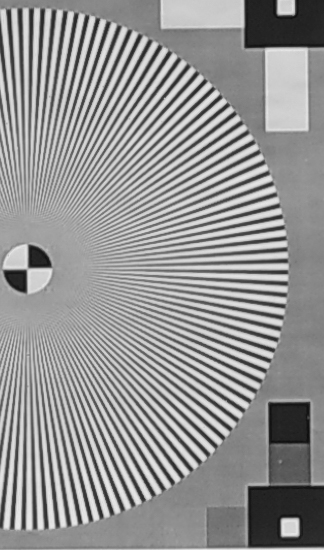 | 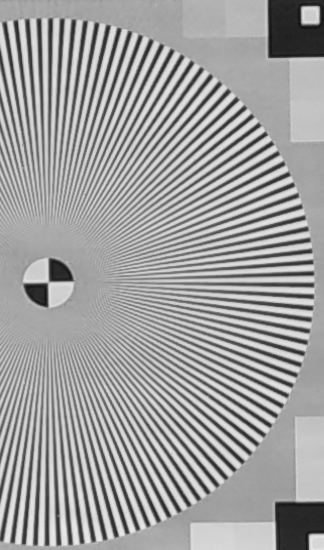 | 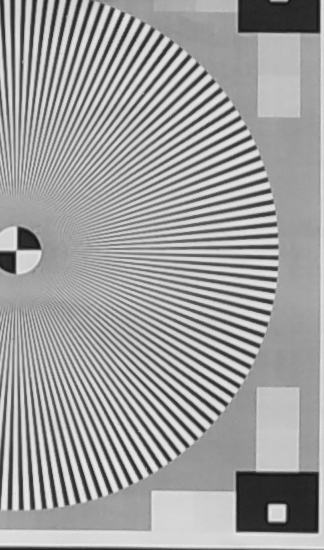 |
F11 | 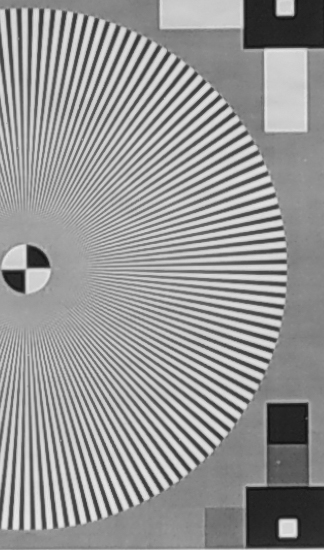 | 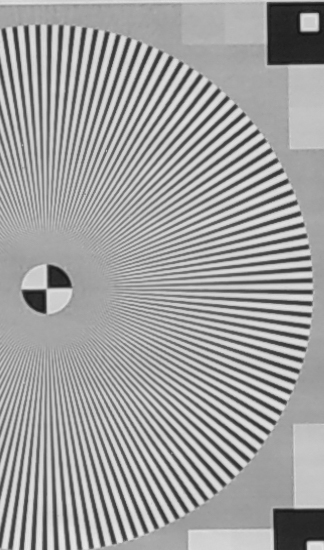 | 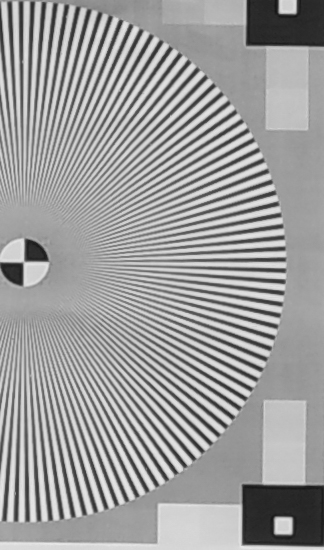 |
F16 |  | 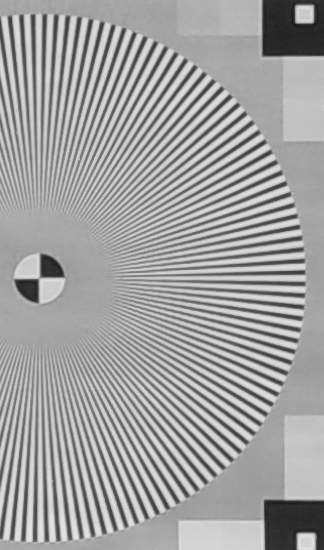 | 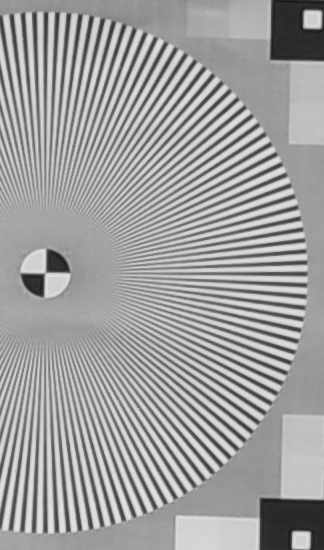 |
F22 | 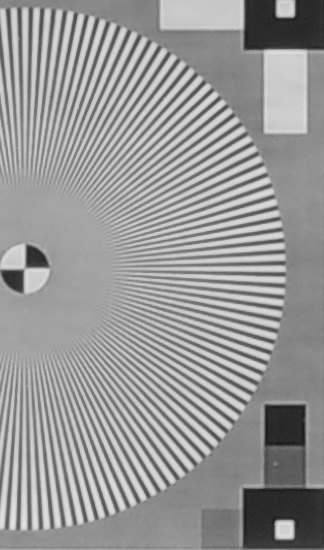 |  | 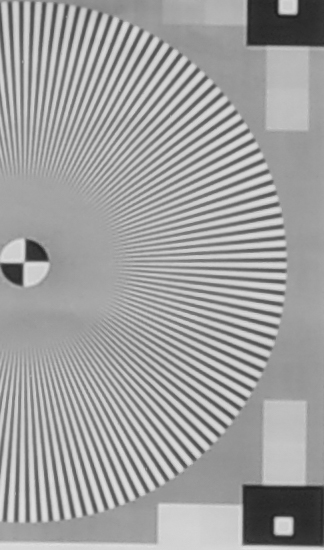 |
At 50mm, center sharpness ressembles what we observed at 30mm. On the other hand, edges and corners are better. Even at F4, edges are very close to the center, and corners catch up at F5.6 and F8. Again, F22 shows an important decrease in resolution.
It is a bit surprising to see that the best frame uniformity is reached at 50mm, where subject isolation is most likely to be used.
Real-life test
Test charts never tell the whole story. The following images illustrate the performance of the lens with a real-life test subject with a lot of detail. We used a close distance to differentiate with the star chart tests, which are performed at a significant range. We moved our camera to place the subject in the center, the edge, and then corner, refocusing between each shot.
Test Results at 16mm on APS-C
The following images showcase the results at all apertures on APS-C. Focusing was performed by using focus peaking in live view. Focus was corrected after each lens movement. You can click on the images to see full resolution crops.
Center | Edge | Corner | |
F2.8 | 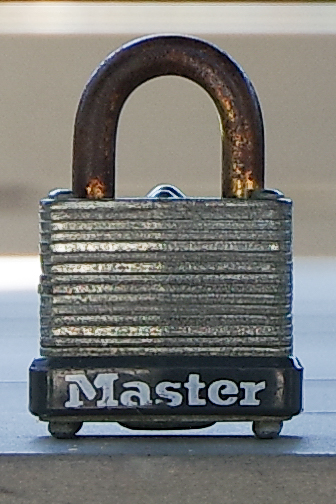 | 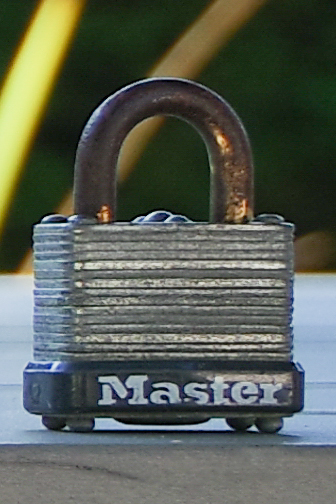 | 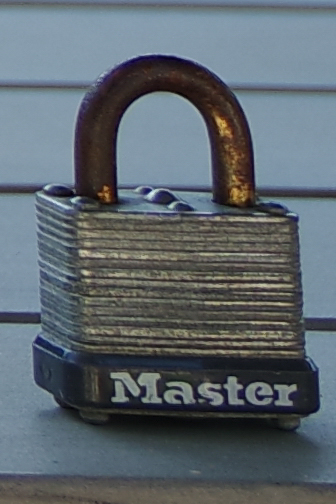 |
F4 | 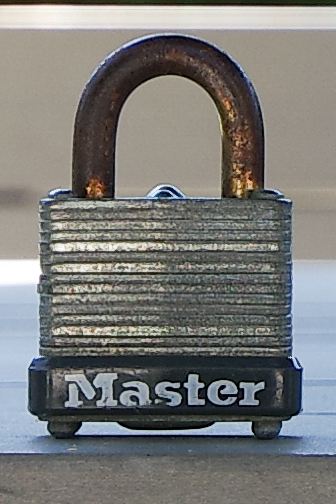 |  | 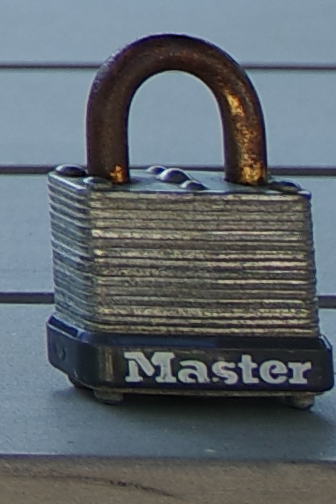 |
F5.6 | 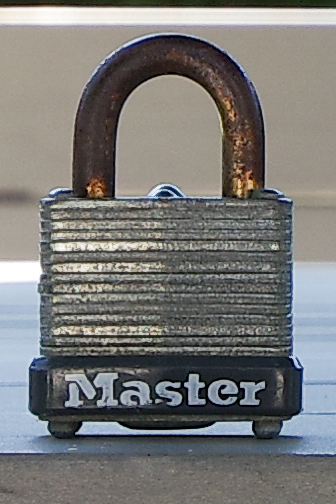 | 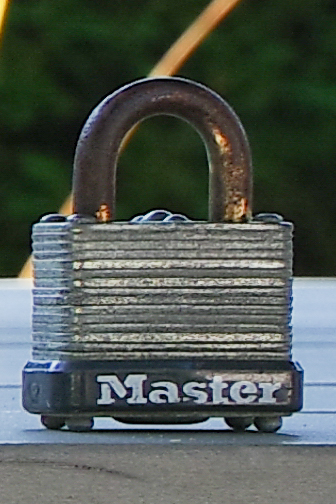 | 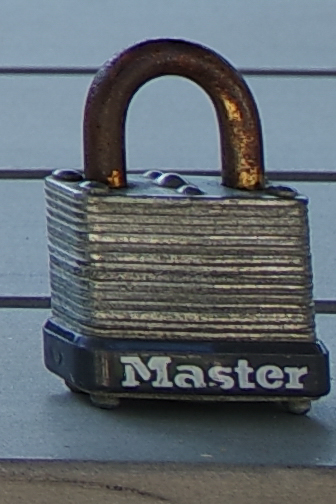 |
F8 | 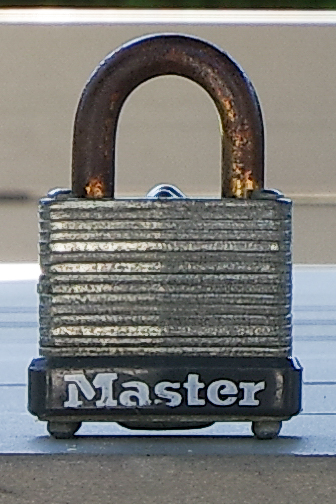 | 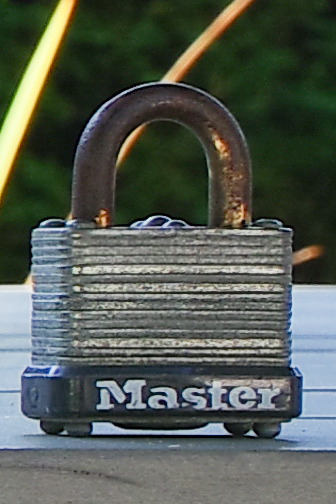 | 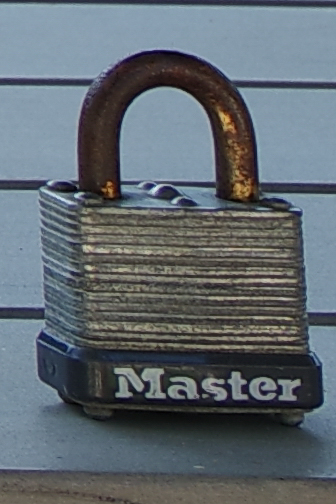 |
F11 | 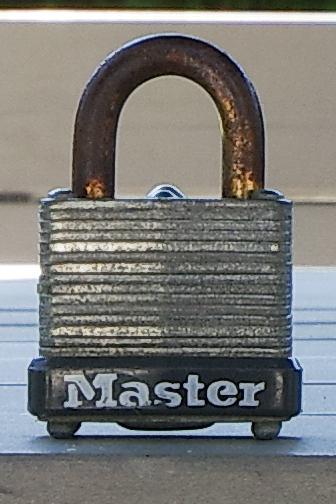 | 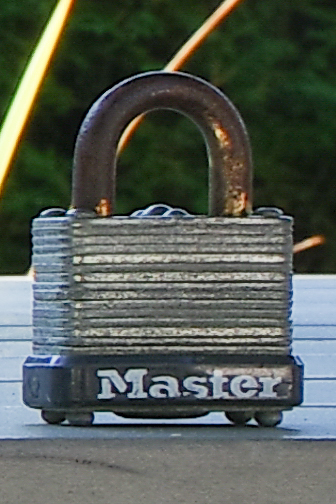 | 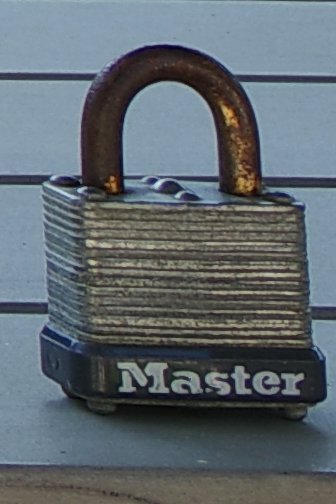 |
F16 | 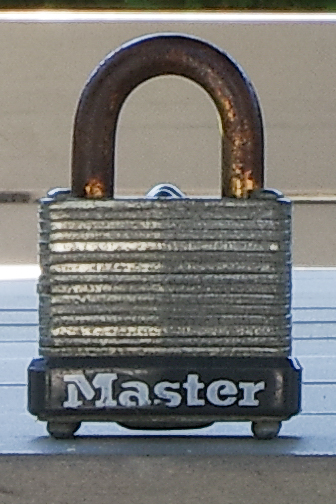 | 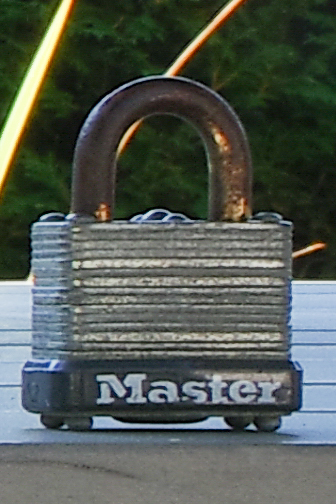 | 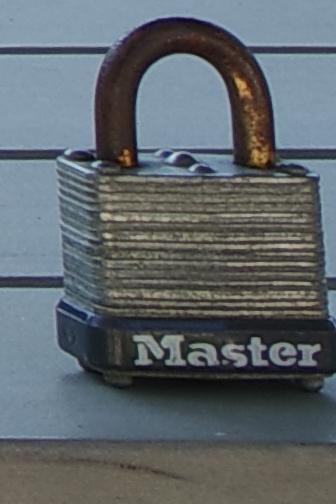 |
F22 | 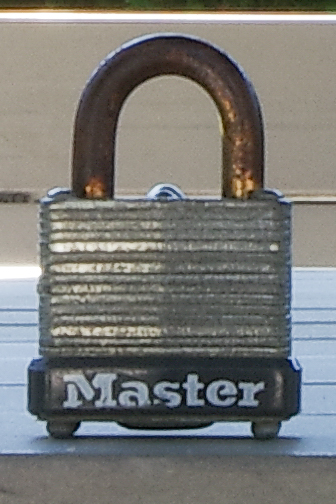 | 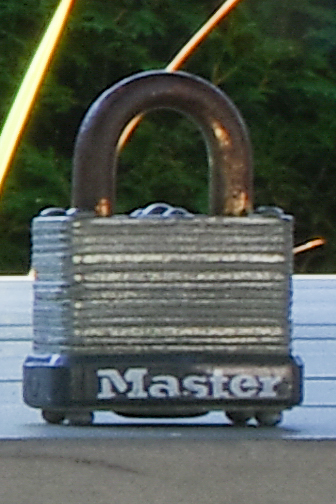 | 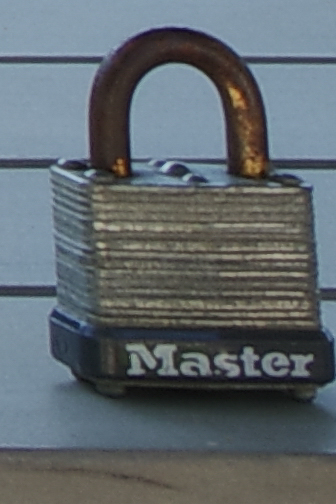 |
These real-life samples are extremely useful, in particular because they help to show how "stressful" our chart test can be. With these images, it is much harder to see important differences between center, edges and corners. Again, F16 and F22 do show decreased sharpness, but at other apertures the results are mostly consistent.
Test Results at 30mm on APS-C
The following images showcase the results at all apertures on APS-C. Focusing was performed by using focus peaking in live view. Focus was corrected after each lens movement. You can click on the images to see full resolution crops.
Center | Edge | Corner | |
F2.8 | 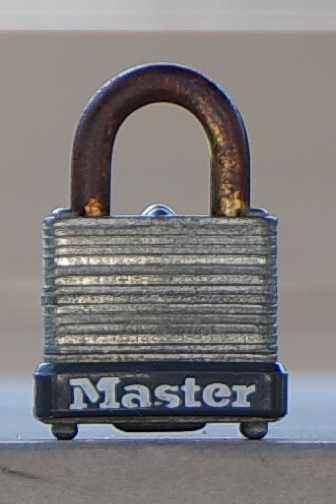 | 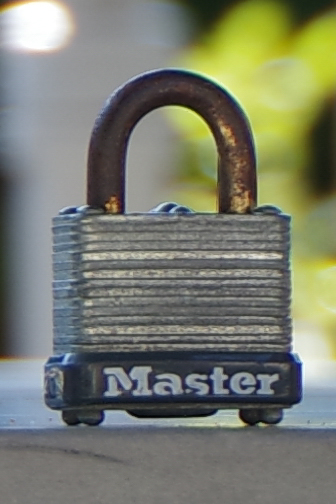 | 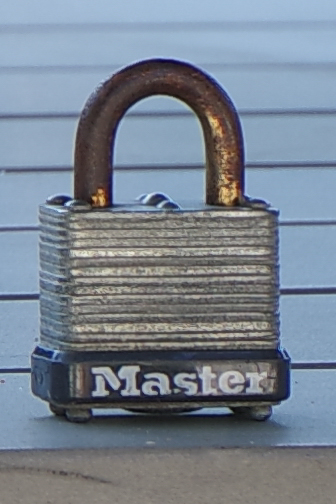 |
F4 | 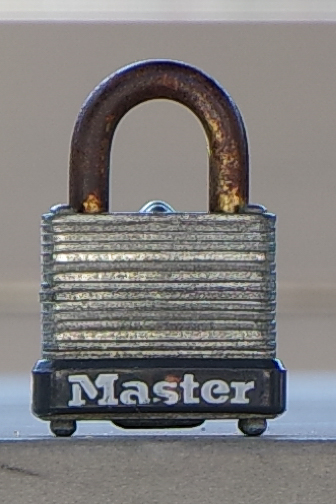 |  | 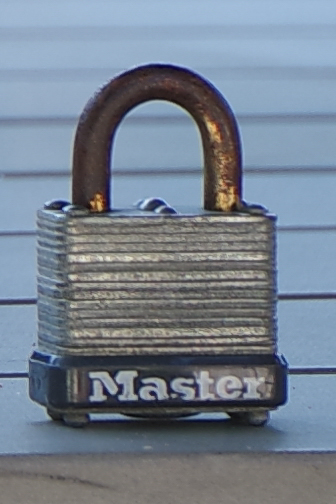 |
F5.6 | 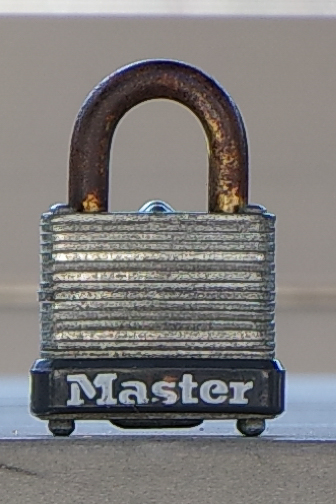 | 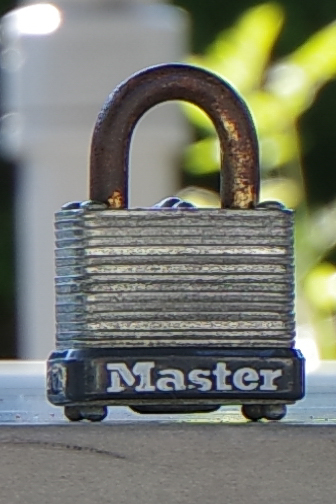 |  |
F8 | 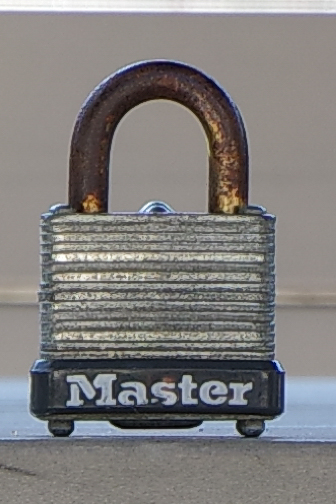 | 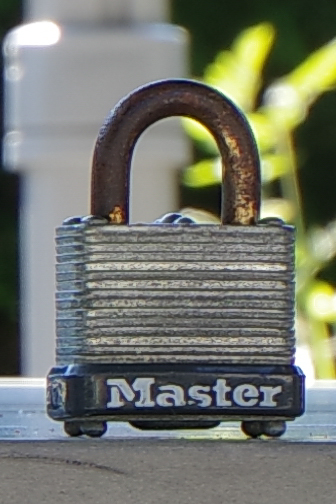 | 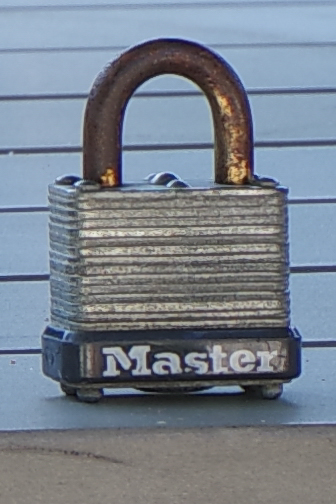 |
F11 | 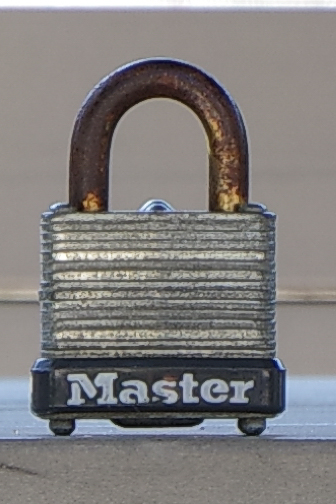 | 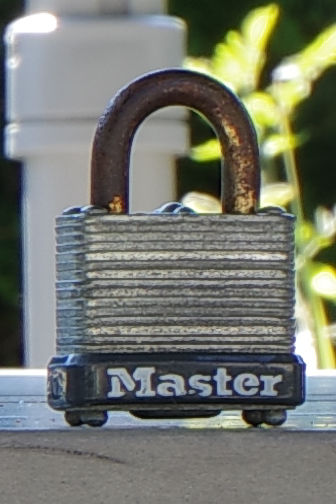 | 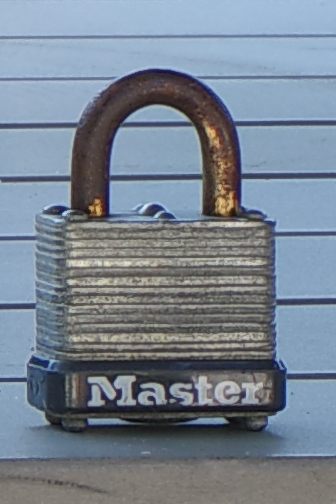 |
F16 | 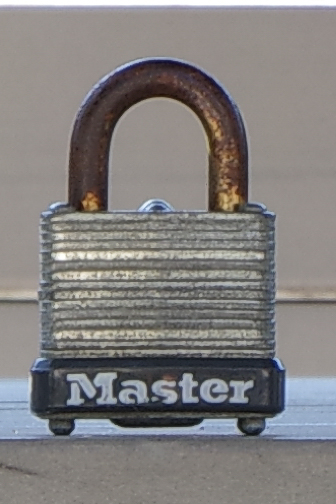 | 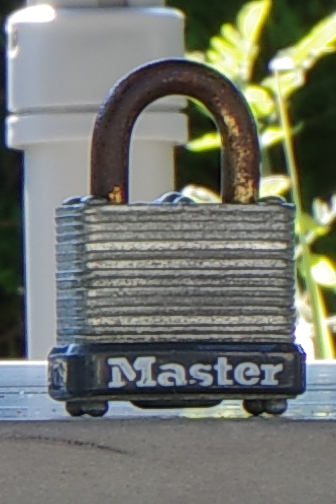 | 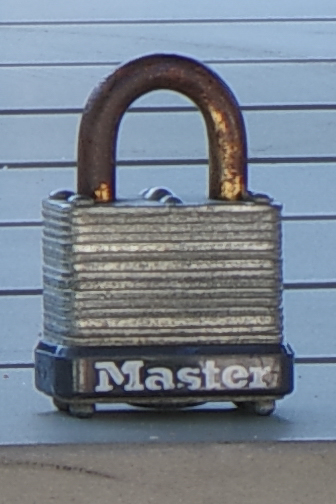 |
F22 | 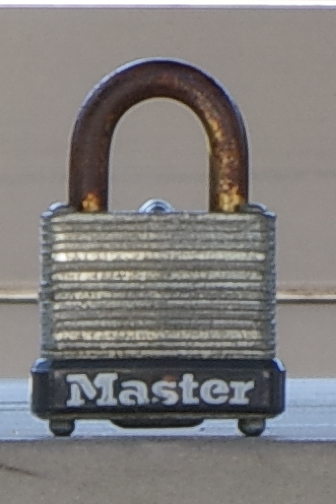 | 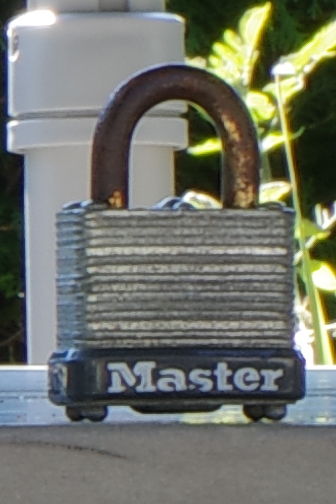 |  |
At 30mm and wider apertures, the differences between the center and the borders is visible. This gap closes quickly towards medium apertures. This is in line with our star chart tests.
Test Results at 50mm on APS-C
The following images showcase the results at all apertures on APS-C. Focusing was performed by using focus peaking in live view. Focus was corrected after each lens movement. You can click on the images to see full resolution crops.
Center | Edge | Corner | |
F2.8 |  |  | 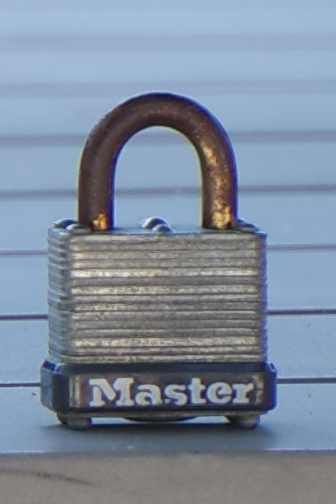 |
F4 | 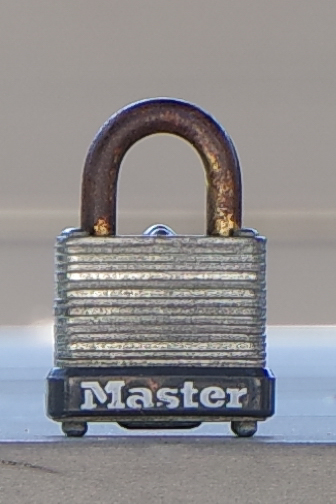 | 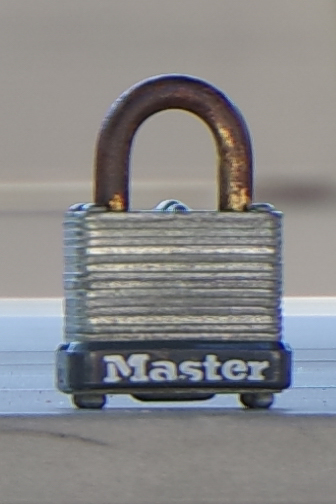 | 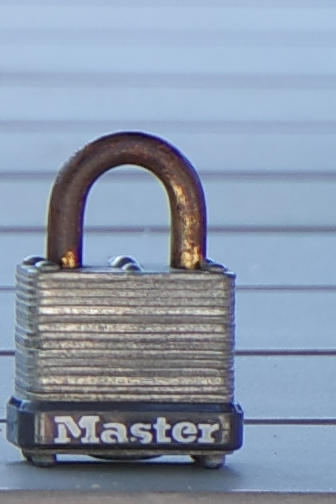 |
F5.6 | 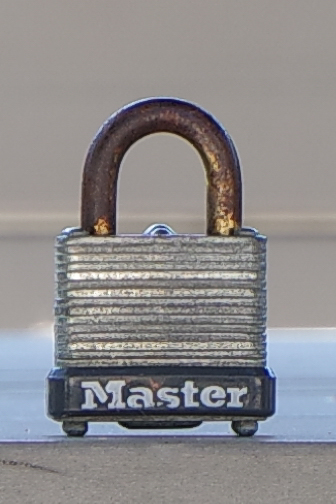 | 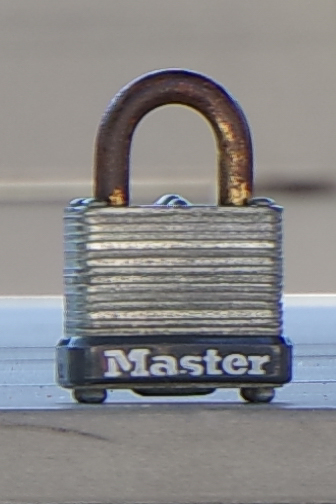 | 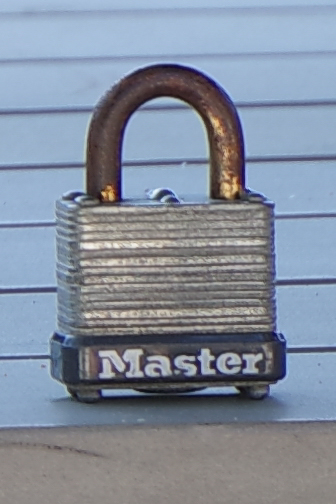 |
F8 | 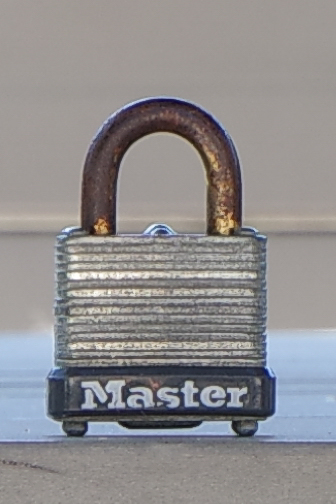 | 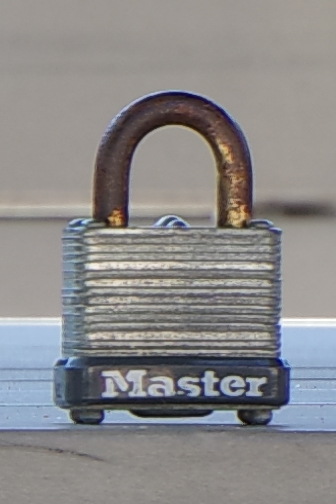 | 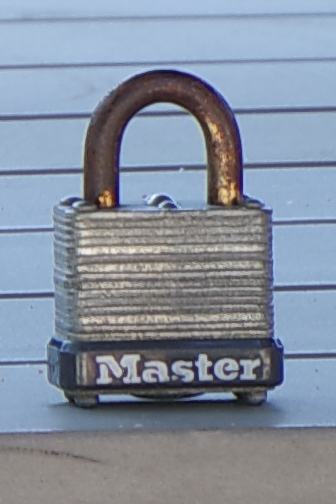 |
F11 | 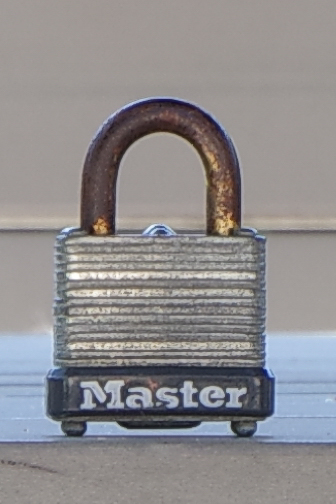 | 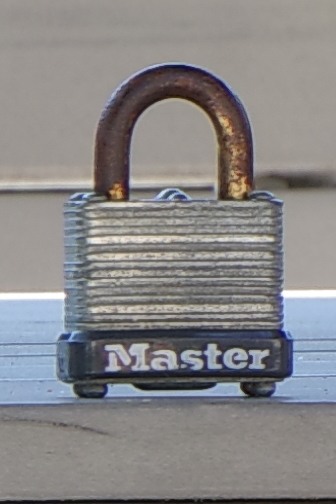 | 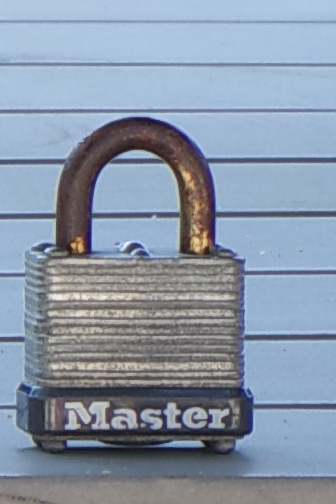 |
F16 | 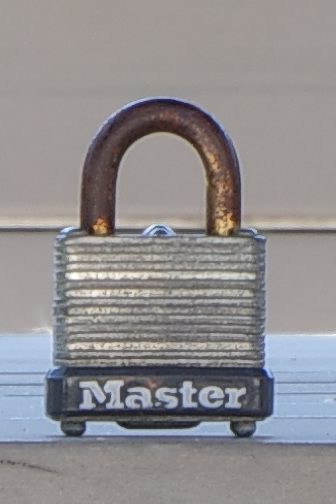 | 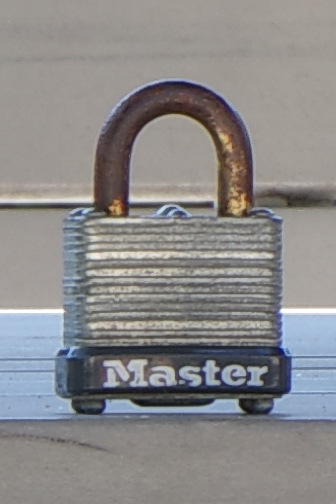 | 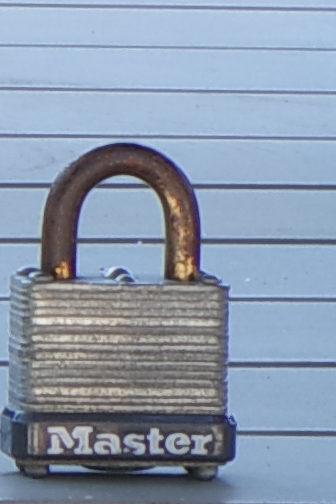 |
F22 | 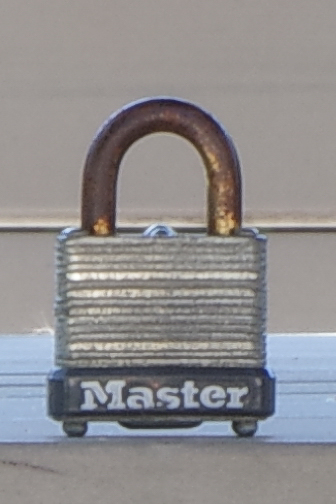 | 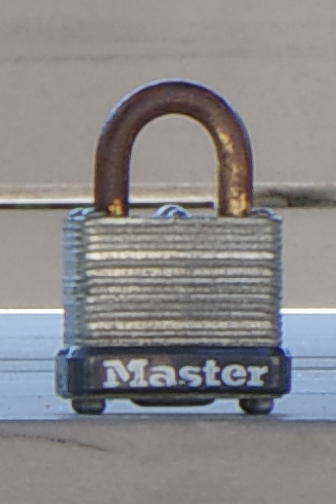 | 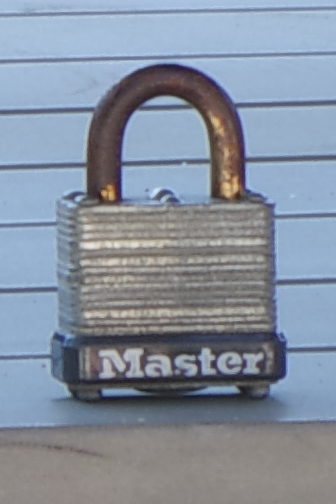 |
Again, these results are in line with the star chart tests. The center is better at all times, and the edges and corners need smaller apertures to catch up.
Summary
The DA* 16-50mm F2.8 PLM offers excellent resolution in the center in almost every case. In fact, only F16 and F22 are not consistently sharp.
Edges are generally close to the center except at wider apertures, and corners lag a bit more but remain good or better.
We could have wished for better uniformity across the frame, but these sharpness tests are in general well aligned with our expectations.


